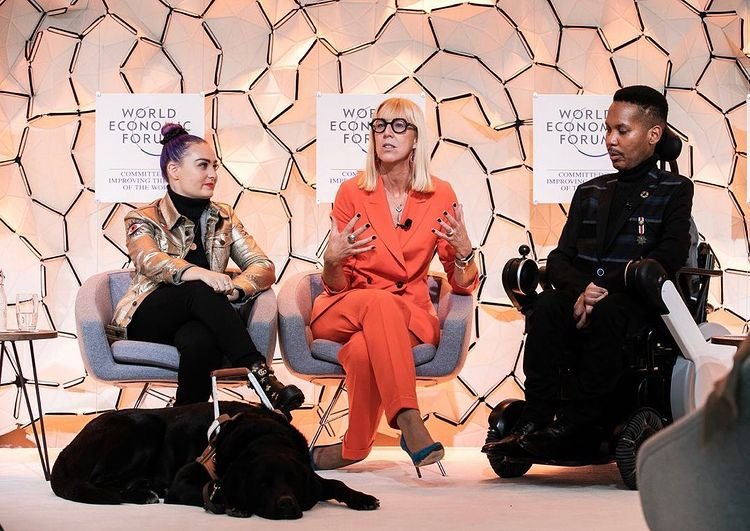A silhouette of three people sitting in a boardroom.
We're almost halfway through Disability Pride Month. While companies proudly proclaim to be dedicated to diversity, equity, inclusion, and accessibility efforts, it's time to address an elephant in the room - the glaring absence of disability representation in the boardroom. Despite strides in workplace disability inclusion, one area remains stubbornly resistant to change - the highest echelons of corporate leadership.
According to Disability:IN's latest Disability Equality Index, only 7% of the 485 surveyed companies including Nike, Meta, Hilton, and Amazon reported having a director on their board who openly identifies as disabled. This same percentage represents the number of companies that even mention disability in corporate governance documentation concerning the nomination of new board directors.
Yikes.
This lack of representation is not just disappointing, it's detrimental. The boardroom is where strategic decisions are made, where the culture of an organization is shaped. Without representation at this level, how can we expect to foster an environment of true inclusivity?
I understand the stigma around disability and perceived ability to succeed in the workplace. But let me be clear - disability does not equate to inability. We, as disabled individuals, have unique perspectives and abilities that can greatly contribute to the success of any company.
Ted Kennedy, Jr., co-chair of the Disability Equality Index, said it best: “Boards govern more effectively when members bring diverse abilities and perspectives to the table, but disability continues to lag behind gender and ethnicity in board diversity considerations."
It's time for change. It's time for companies to seek out, appoint, and report on board-level disability representation. Not just to tick a box, but to truly embrace the value that diversity brings.
This Disability Pride Month, let's not just celebrate disability. Let's advocate for disability representation where it matters most - in the boardroom.





